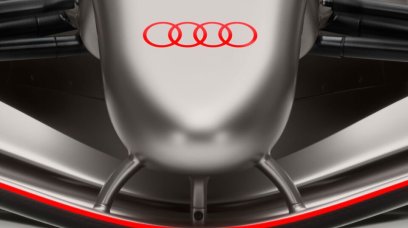F1's governing body, the FIA, have set out the much-anticipated 2026 power unit regulations following their approval by the World Motor Sport Council (WMSC). As revealed by RacingNews365.com , a complete set of 2026-on PU rules was recently distributed to the sport's major players, with the WMSC now ratifying them. Existing manufacturers, prospective manufacturers and the FIA have been involved in discussions over the final features of the regulations for many months. In an update at the end of 2021, four key pillars were confirmed: retaining the 1.6-litre V6 engine; increasing electrical power; eliminating the MGU-H and introducing a power unit cost cap. Then, in April this year, further progress was shared and further preliminary targets identified , in tandem with planned updates to the sport's aerodynamic rules. In the background, speculation has grown over potential new entries from Volkswagen brands Porsche and Audi, with formal announcements yet to arrive . But everything appears to be in place for those entries to follow after the FIA released a statement on the new PU regulations on Tuesday.
The lowdown on F1's new engine regulations
In their statement, the FIA went into detail over the make-up and features of F1's new engine formula, building on the aforementioned communications. Along with confirming the removal of the MGU-H, the FIA confirmed that the electrical power output will increase to 350kW in order to increase the "road relevance" of the hybrid power units, and the introduction of fully-sustainable fuels for 2026. The power units will retain the V6, 1.6-litre layout, complete with turbo, ERS, and MGU-K. Broadly splitting the internal combustion engine (ICE) into two parts, the FIA confirmed that there will be more design freedom on the upper (combustion) part of the ICE, in order to cater for the introduction of the new fuel sources. Cost-saving measures were also announced, including the maximum number of test benches and the maximum number of development hours per year that manufacturers can commit to. It was also confirmed that the FIA 2026 F1 Power Unit Financial Regulations will include a cost cap of $95 million for the years 2022-2025, which will increase to $130 million from 2026 onwards. The current generation of power units are excluded from these costs.
FIA reaffirm 'net-zero' aim for 2030
"The FIA continues to push forward on innovation and sustainability – across our entire motor sport portfolio – the 2026 Formula 1 Power Unit Regulations are the most high-profile example of that mission," said FIA President Mohammed Ben Sulayem. "The introduction of advanced PU technology along with synthetic sustainable fuels aligns with our objective of delivering benefits for road car users and meeting our objective of net zero carbon by 2030. "Formula 1 is currently enjoying immense growth and we are confident these Regulations will build on the excitement our 2022 changes have produced. "I want to thank all of the FIA management and technical staff involved in this process for their diligence and commitment in working together with all of our Formula 1 stakeholders to deliver this. "I also want to thank our WMSC members for their consideration and approval of these regulations."
Most read









